Meghalaya’s Living Root Bridges – When Nature Turns Architect
The forest paradise of Meghalaya in North-East India has forever been a trekker’s paradise. The state holds the world title for hosting the two highest and densest rainfall areas of all time – Cherrapunji and Mawsynram. The massive vegetative cover interlaced with pulsing rivers and streams are homes to special indigenous tribes.
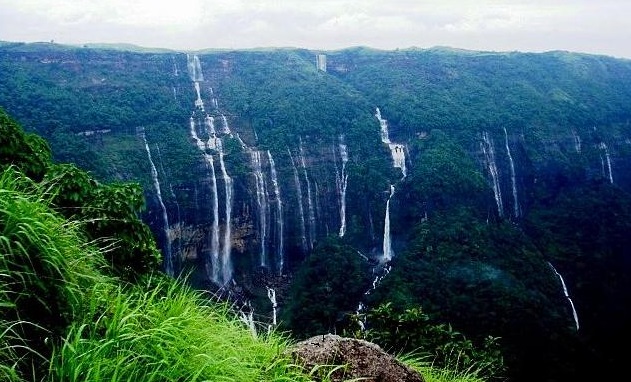
The Nohsngithiang Falls (Seven Sisters Waterfalls or Mawsmai Falls) – one of Meghalaya’s most spectacular waterfalls
In a place where floods and rampant landslides are common, these native tribes folk found a way of life in sync with nature’s bounties. The early ancestors of the War Khasi tribe knew that their daily commute required crossing powerful rivers with surging water. So, to minimize this risk, the tribesmen carved out a solution from nature itself.
The Living Root Bridges
Meghalaya hosts a self-sustaining natural bridge system known as the “living root bridges” in the East Khasi and the West Jaintia Hills. To reach both places, you’ll have a trek quite a bit. trekking would be most ideal as you’d get to witness the beautiful ever-streaming waterfalls and spectacular rock formations along the way.
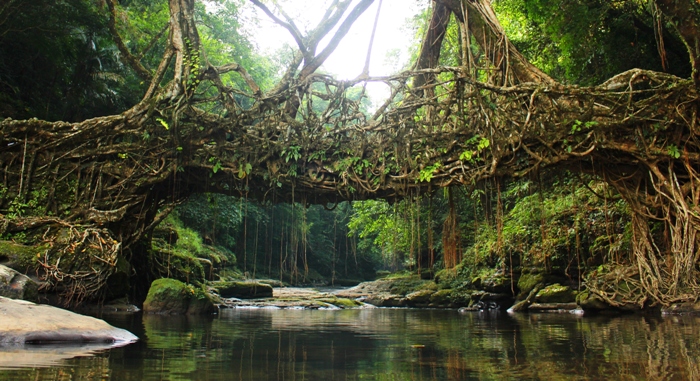
A living root bridge at Mawlynnong
Living root bridges grow from the roots of the ficus elastic (or the Indian rubber fig tree). Ancient Khasis devised a method to grow the roots of these fierce trees across rivers through a guided hollow betelnut trunk. The unruly marsh of root would later merge inside the trunk and become a single thick branch, thus forming layers and layers of root body.
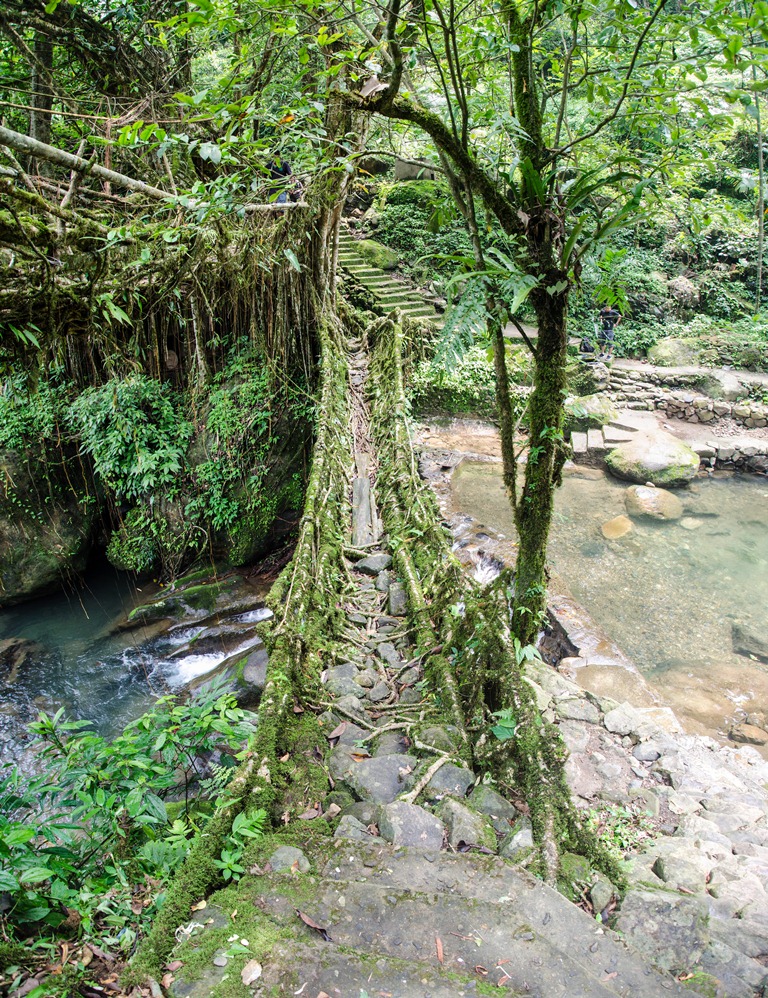
Over years (approximately 15+ years), these roots grow strong enough to balance the weights of people. They later receive additional support with the insertion of sticks and stones. Many of them grow into step ladders along mud banks and river beds.
Some of these ecosystems are so well-maintained that the trees grow roots at two levels. An example of such a formation is the Umshiang Double-Decker Root Bridge at Cherrapunji.
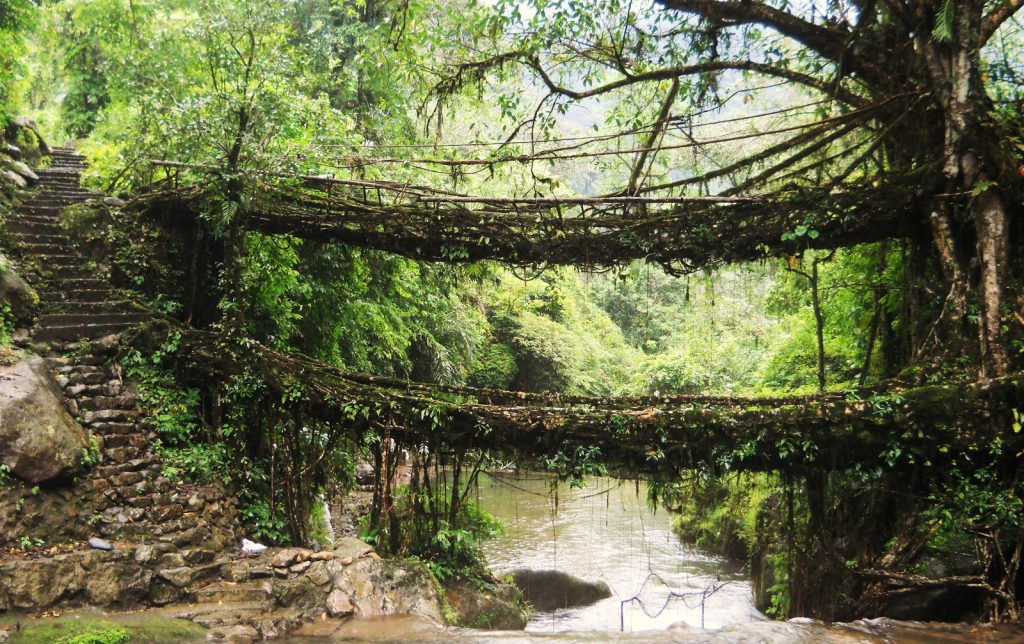
The Umshiang Double-Decker Root Bridge
These bridges have held villagers, tourists and nature experts in awe with their intricate patterns, astonishing strength and flexibility.
Is this the type of organic engineering which can help save our planet’s natural ecosystems, one bridge at a time?
The best of international travel on Travel and Trots:
- Exploring the Dubai skyline – What To See During a Stopover at Dubai
- Smithsonian gyan at the Air and Space Museum in Washington DC
- The real Disney castle in the Alps – Open for visit!
- Scintillating Iceland locations which got famous through television



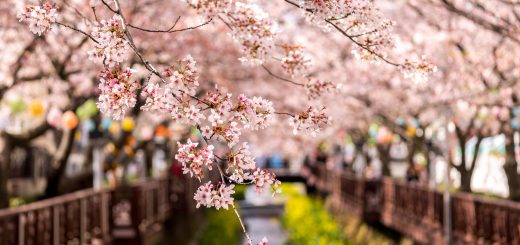

4 Responses
[…] Did you know there’s a place in India where bridges are built naturally out of the roots of a rubber tree? Read about the Living Root Bridges of Meghalaya here. […]
[…] Mystic natural bridges made out of tree roots in Meghalaya – Read about them here! […]
[…] – Land of the Living Root Bridges and the highest rainfall receiving state in the […]
[…] Did you know there’s a place in India where bridges are built naturally out of the roots of a rubber tree? Read about the Living Root Bridges of Meghalaya here. […]